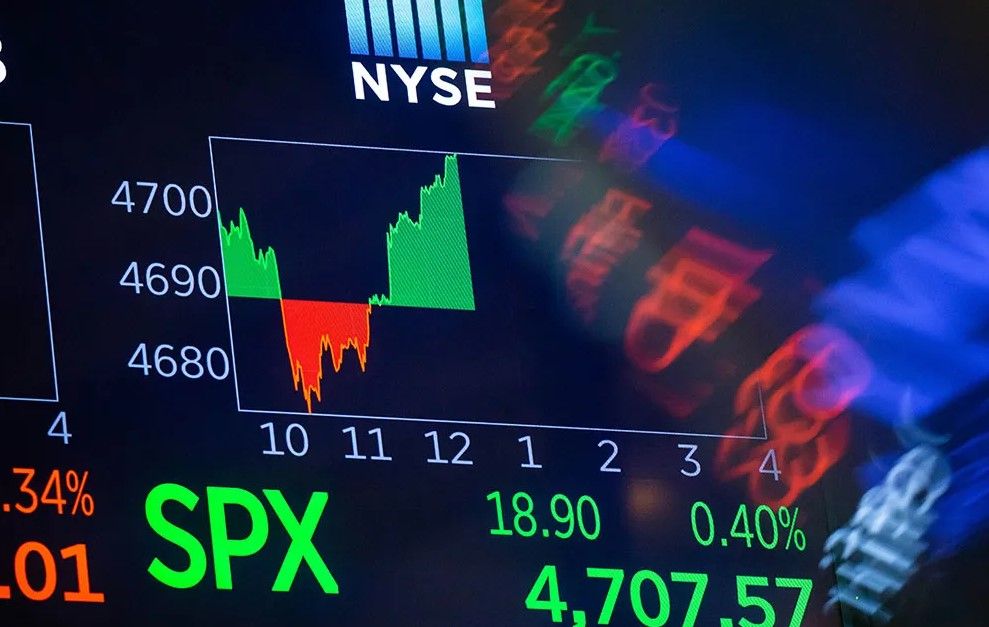FXOpen
The US Dollar (USD) extended downside movement against the Japanese Yen (JPY) on Wednesday, dragging the price of USDJPY to less than 121.00 following the release of US growth data. The technical bias already remains slightly bearish because of a Lower Low in the recent upside rally.
Technical Analysis
As of this writing, the pair is being traded around 121.01. A hurdle may be noted near 121.30, the swing high of the yesterday’s pin bar ahead of 123.50-123.60 zone, a huge horizontal resistance area as demonstrated in the following daily chart.

On the downside, the pair is likely to find a support around 119.80, the 38.2% fib level ahead of 119.00, the psychological number. The technical bias will remain bearish as long as the 123.74 resistance area is intact.
US Growth
The U.S. economy grew at a fairly healthy clip in the third quarter as strong consumer and business spending offset efforts by businesses to reduce an inventory glut, underscoring its resilience despite a raft of headwinds. Gross domestic product grew at a 2.0 percent annual pace, instead of the 2.1 percent rate reported last month, the Commerce Department said in its third estimate on Tuesday.
While that was a sharp deceleration from the brisk 3.9 percent pace logged in the April-June period, growth remained around the economy’s long-run potential. The Federal Reserve last week raised its benchmark overnight interest rate by 25 basis points to between 0.25 percent and 0.50 percent, the first increase in nearly a decade. The rate hike was a vote of confidence in the economy, which has been buffeted by slower global demand, a strong dollar and spending cuts in the energy sector.
Trade Idea
Considering the overall technical outlook, selling the pair around current levels appears to be a good strategy in short to medium term.
Trade over 50 forex markets 24 hours a day with FXOpen. Take advantage of low commissions, deep liquidity, and spreads from 0.0 pips. Open your FXOpen account now or learn more about trading forex with FXOpen.
This article represents the opinion of the Companies operating under the FXOpen brand only. It is not to be construed as an offer, solicitation, or recommendation with respect to products and services provided by the Companies operating under the FXOpen brand, nor is it to be considered financial advice.






